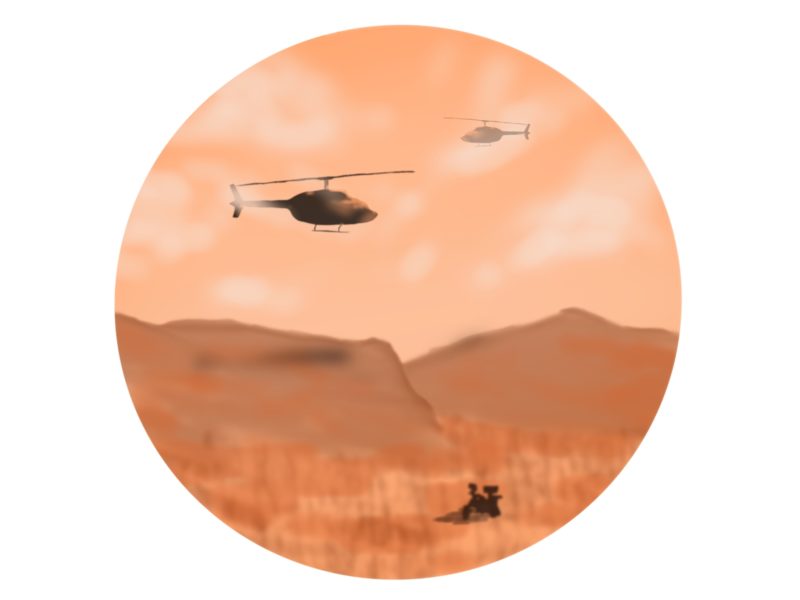Nowadays, humankind is able to use anything that is hurtful and make it into something that is helpful. Dan R. Sullivan is one person who is trying to take something harmful, viruses, and make them helpful. Last Wednesday, he gave a seminar on his project titled, “Modeling the Self- and Directed Assembly of Viruses on Synthesis.”
His motive for this was to understand the “natural use of many types of high level organizations and assembling of materials to increase functionality.” From there he would like to use inorganic materials to organize biomolecules and their complexes into useful structures.
Sullivan explained that viruses were good to use because they have precisely defined arrays, they assemble into three-dimensional crystals, their structure was already well known and thus could be manipulated easily, and they are near identical to atomic structures with narrow size distributions.
Thus far, there have been a lot of chemical approaches to the organization of biomolecules on surfaces. But there has not been a push to discover an understanding and quantification of the forces driving self-organization.
The goal of Sullivan’s experiment was to “understand how the surface structure of substrate affects the organization dynamics,” to understand effects between virus and inter-viral collisions.
These will sum together and help identify the key processes which promote assembly and organization. Sullivan explained, “We would like to quantify inter-facial kinetic energy that arises from and drives organization.”
The commercial uses that may come from his experiment are drug delivery mechanisms, light active harvesting, and site-selective attachment to surfaces. The drug delivery mechanisms and light active harvesting allow for a time release of an certain drug or bacteria.
Sullivan is concerned with the latter, for site-selective attachment to surfaces would allow a string of biomolecules to attach together in forms not yet seen.
Sullivan had chosen a Cowpea Mosaic Virus, a plant virus, for his experiment. The reason for choosing this virus was because it has 60 copies of coat proteins, it has icosahedral symmetry, and its structure is known almost to an atomic resolution. “So, we can see what types of functional groups are available on the surface and we can design reactions,” he explained.
He would then genetically engineer the viruses to carry a Histidine tag and examine the viruses in a varying Polyethylene Glycol (PEG) solution with a substrate strip to attract the viruses.
What Sullivan has found is that with an increase of PEG solution there was an increase of virus to virus collisions while the interactions between the virus and the stripe remained the same.
Sullivan plans to further his research by using different viruses and different stripes. From these, he hopes to further the possibilities of commercial use of his findings.


'Examining viruses for the common good' has no comments
Be the first to comment this post!